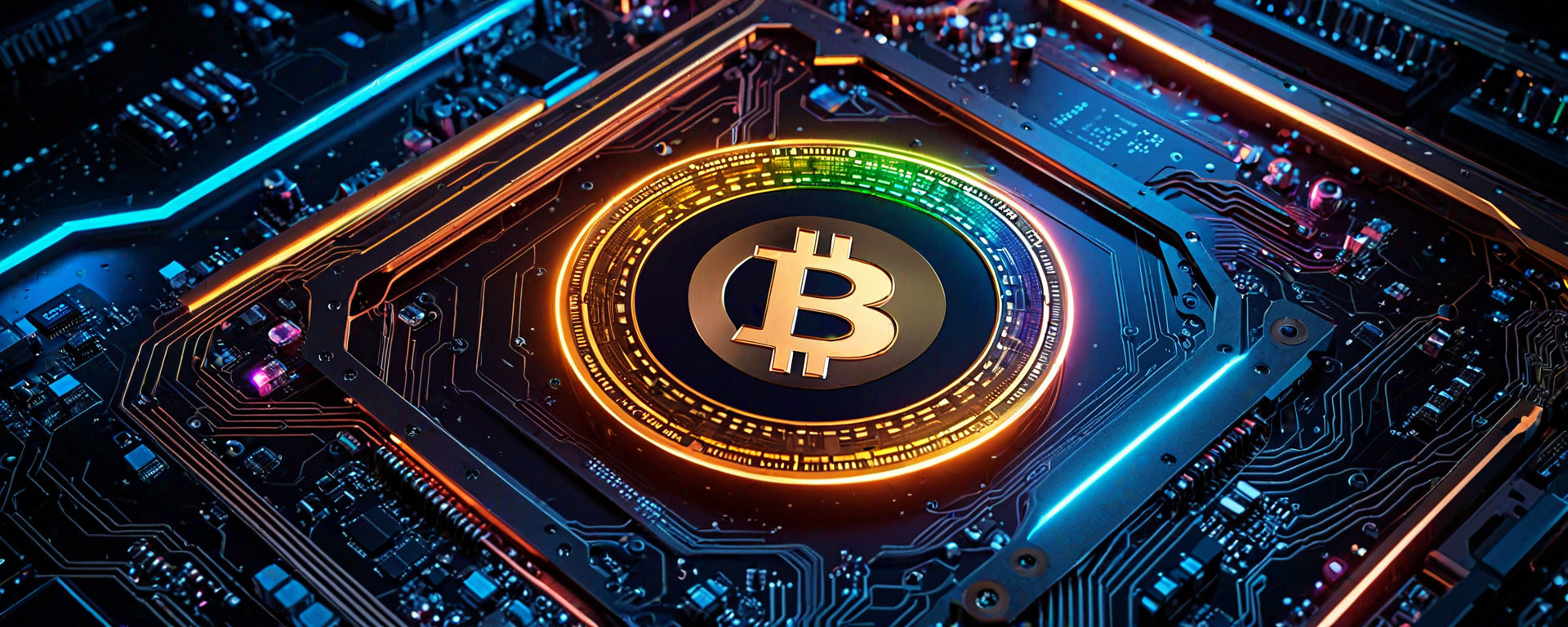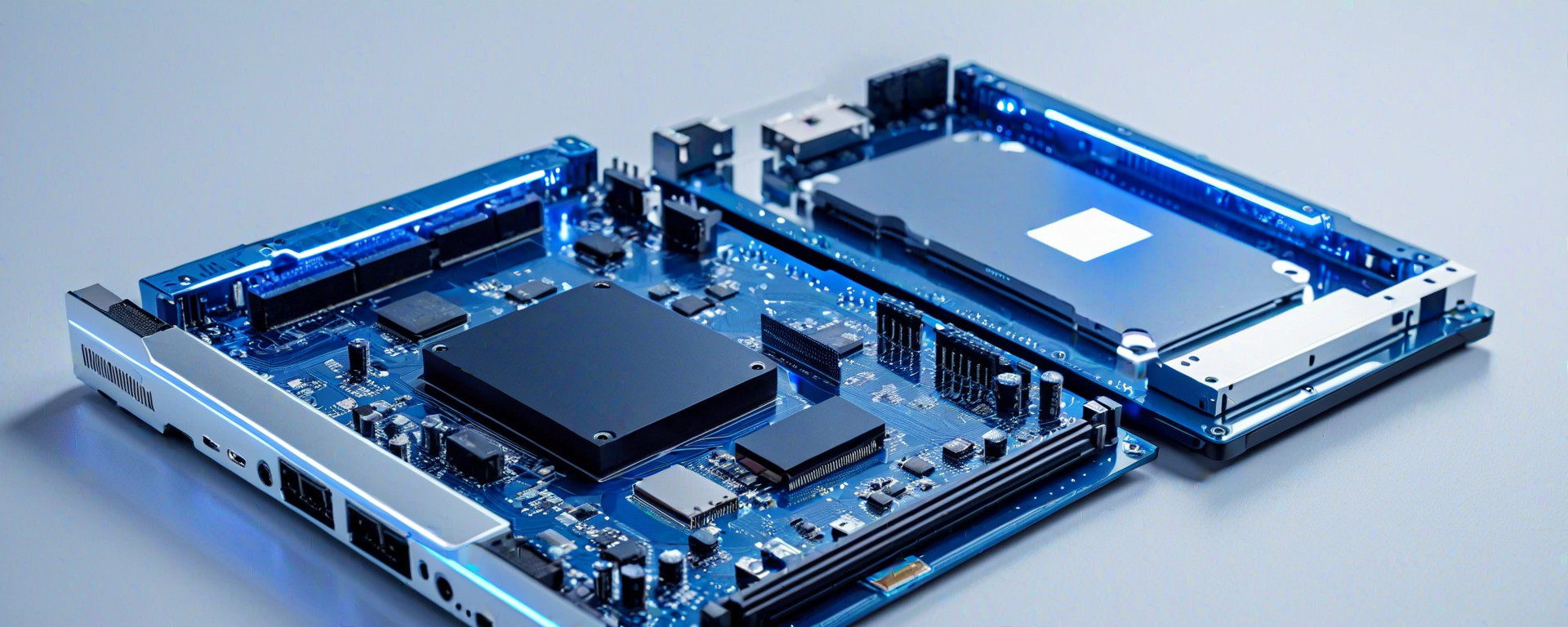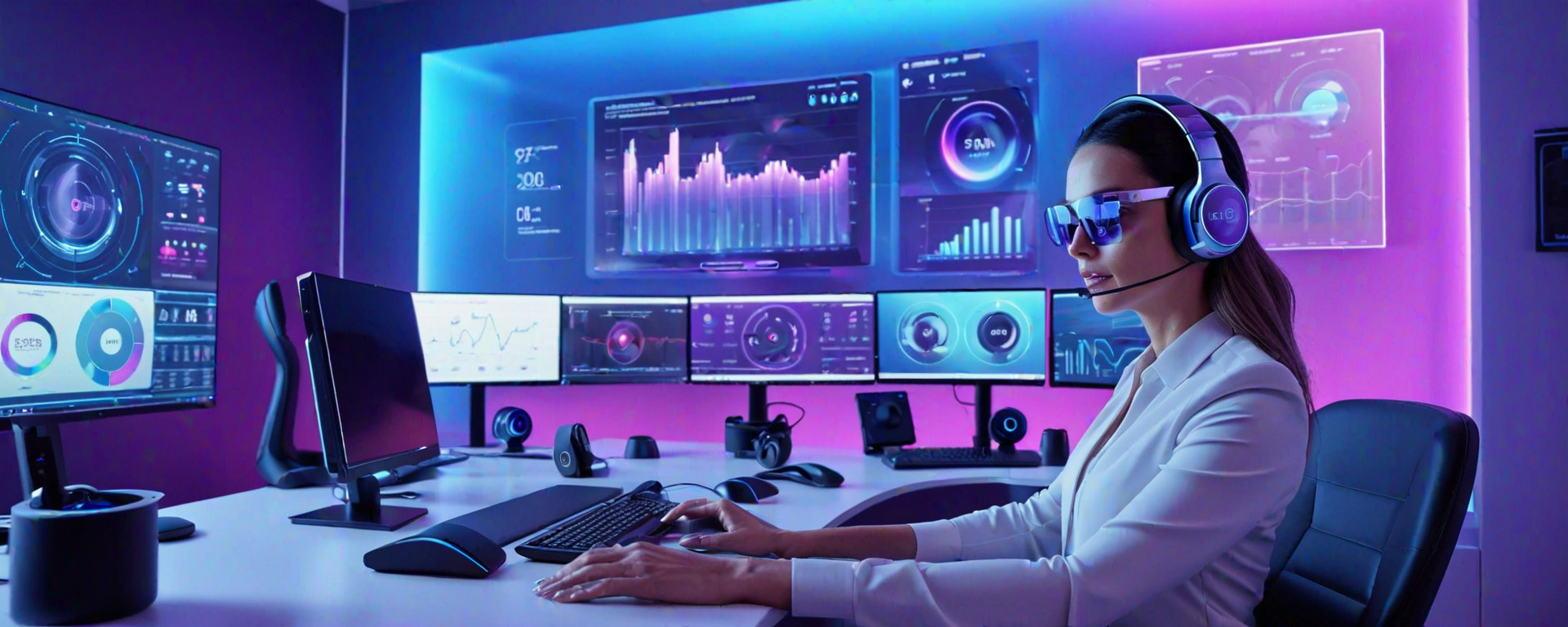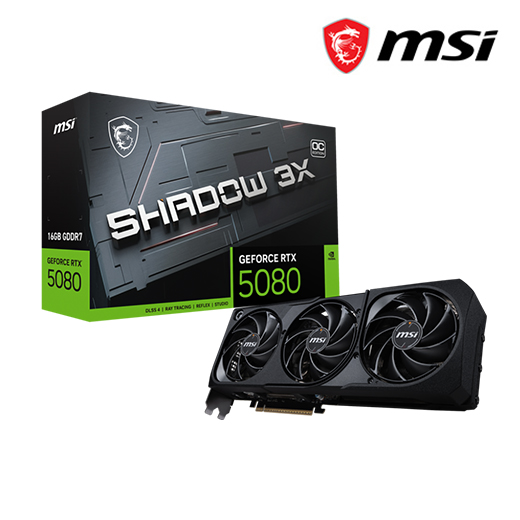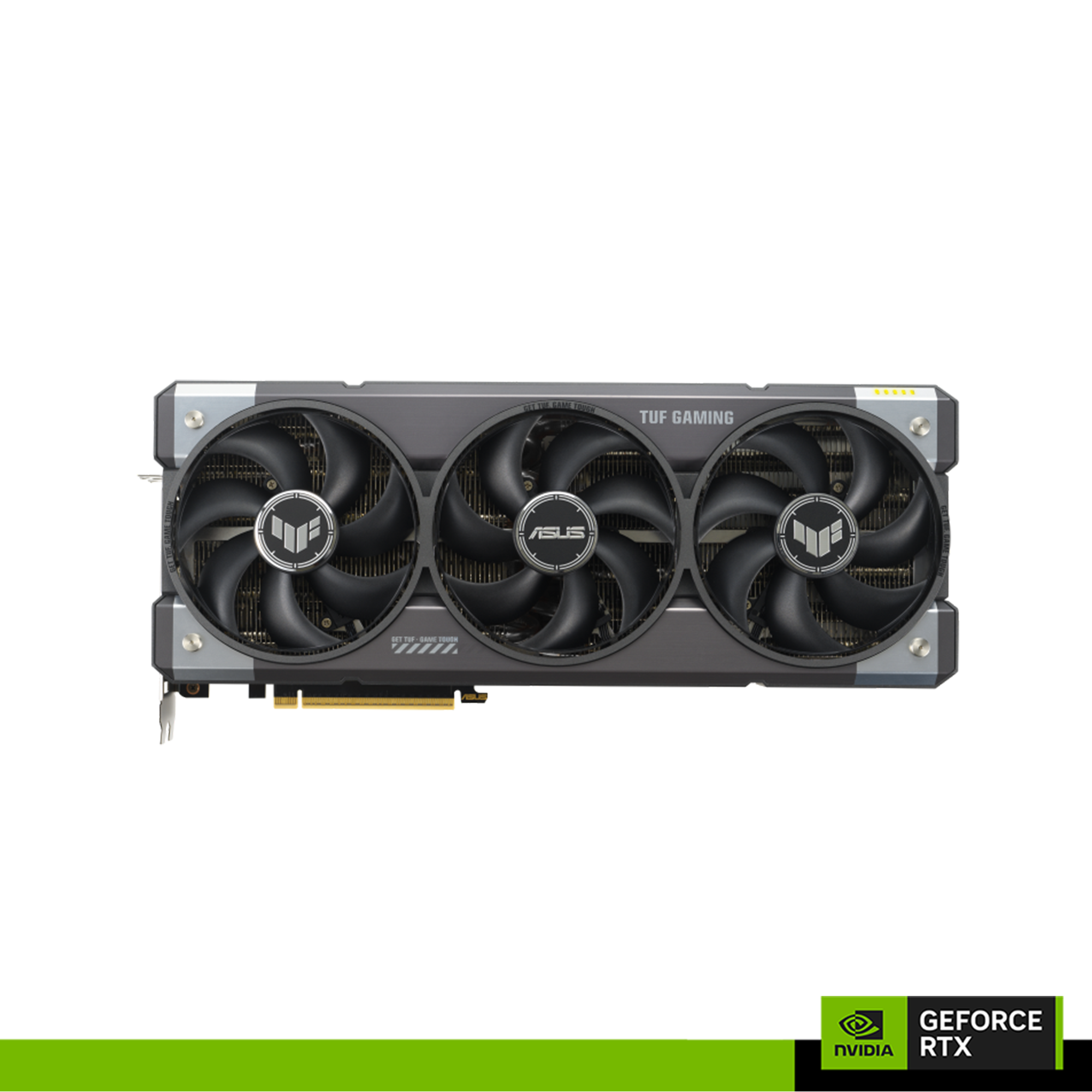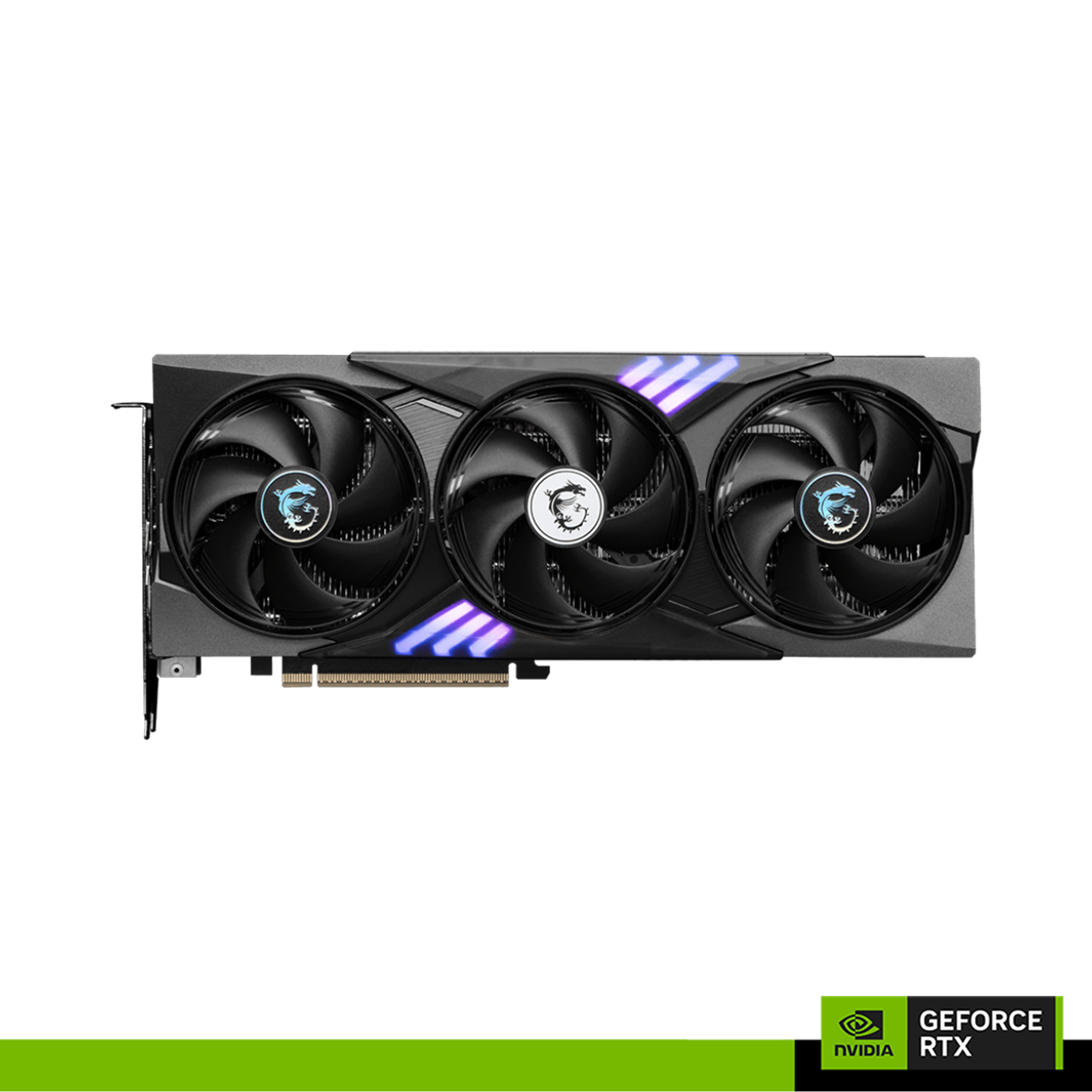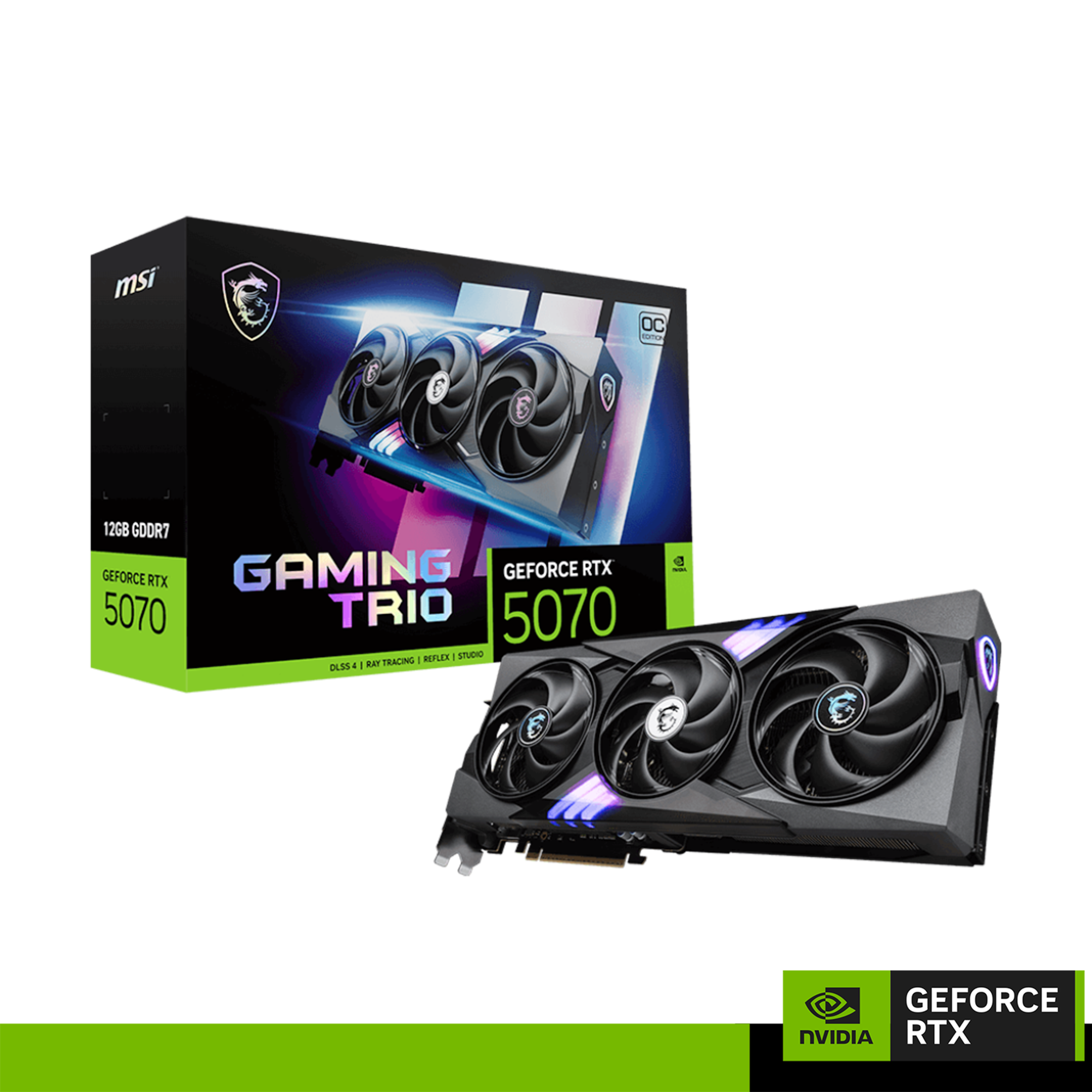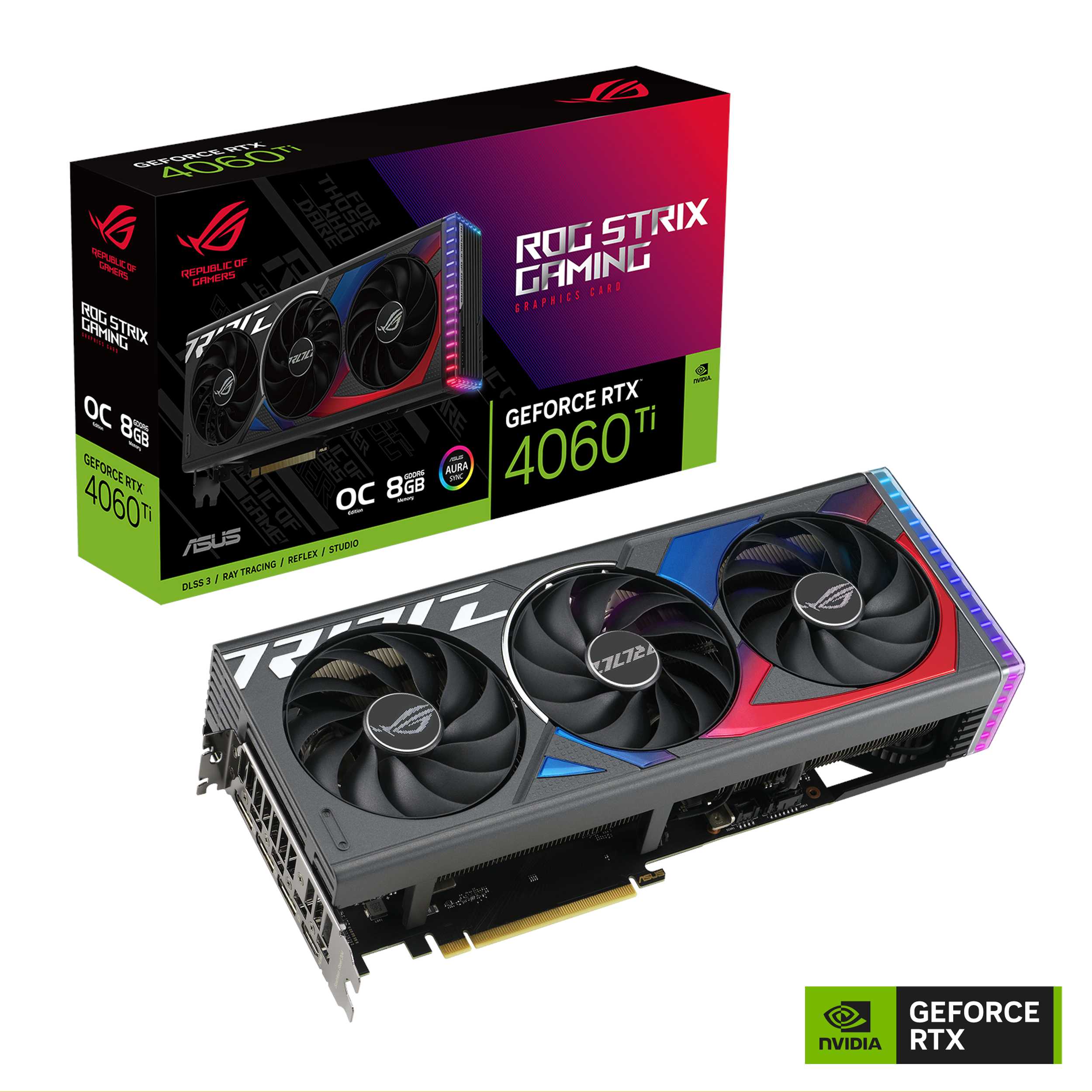Introduction
The role of video cards in the technology landscape has evolved significantly beyond their traditional use in gaming. High-end graphics processing units (GPUs) have become essential components for non-gaming applications such as artificial intelligence, cryptocurrency mining, and graphic design. This article aims to provide a comprehensive guide for individuals looking to leverage GPUs for these advanced tasks. We will explore the technical specifications, performance metrics, and real-world usage scenarios that can help readers make informed purchasing decisions.
Understanding the diverse requirements of AI workloads, crypto mining operations, and graphic design processes is crucial when selecting an appropriate GPU. This article delves into each of these areas in detail, offering insights into the latest advancements in GPU technology and their application-specific benefits.
Understanding GPU Architecture
Basic Components
A GPU consists of several key components that enable it to handle complex tasks efficiently. These include:
- Cores/CUDA Cores: These are the fundamental processing units responsible for executing instructions in parallel.
- Videoram (VRAM): The memory dedicated to storing data used by the GPU during computation, directly affecting performance.
- Memory Bandwidth: The speed at which data can be transferred between the VRAM and other components of the system.
Advanced Features
In addition to basic architecture, modern GPUs come with advanced features such as:
- Tensor Cores: Specialized units for handling mathematical operations used in machine learning models.
- RAMDAC (Random Access Memory Digital-to-Analog Converter): Vital for converting digital signals to analog ones, enabling video output.
Artificial Intelligence and Machine Learning Workloads
The field of AI and machine learning has seen significant advancements in recent years, driven largely by the power of GPUs. These processors are designed to handle the massive amounts of data and complex calculations required for training neural networks and other ML models.
Performance Metrics
- Floating Point Operations Per Second (FLOPS): A measure of a GPU's computational performance, indicating how many floating-point operations it can perform in one second. This is crucial for AI applications that rely on matrix multiplications and other high-precision calculations.
- Tensor Core Performance: Tensor cores are specialized units designed to accelerate the execution of deep learning algorithms by performing tensor core instructions, which significantly boost performance in tasks such as matrix multiplication and convolution operations.
Real-World Usage Scenarios
The benefits of using GPUs for AI applications can be seen in various real-world scenarios:
- Training Neural Networks: GPUs are used to train large neural networks with millions or billions of parameters, which would take an impractical amount of time on traditional CPUs.
- Inference Processing: Once a model is trained, GPUs can also be used for inference processing, where the model is applied to new data to make predictions or classifications. This is critical in applications like image recognition and natural language processing.
Cryptocurrency Mining Operations
Cryptocurrency mining requires significant computational power, making GPUs an essential component of mining setups. Modern GPUs are equipped with parallel processing capabilities that allow them to perform the necessary calculations for proof-of-work algorithms used in cryptocurrencies like Bitcoin and Ethereum.
Performance Metrics
- Megahashes Per Second (MH/s): A measure of how many hashes a GPU can compute per second, indicating its mining efficiency. Higher MH/s means faster processing and potentially higher earnings for miners.
- Ethash Performance: Specific to Ethereum mining, Ethash is the proof-of-work algorithm used by Ethereum. GPUs optimized for Ethash can significantly improve mining performance.
Real-World Usage Scenarios
The impact of using GPUs in cryptocurrency mining can be observed in:
- Mining Farms: Large-scale operations where dozens or hundreds of GPUs are used to mine various cryptocurrencies, often located in areas with low electricity costs.
- Personal Mining: Individuals setting up home-based mining rigs using a few high-performance GPUs to contribute to the network and earn cryptocurrency rewards.
Graphic Design Workflows
In graphic design, the performance of a GPU can greatly influence the efficiency and quality of work. From rendering complex scenes in 3D modeling software to accelerating video editing tasks, GPUs play a critical role in enhancing productivity and creativity.
Performance Metrics
- Rendering Speed: How quickly a GPU can render high-resolution images or animations. Faster rendering speeds mean more efficient workflows for designers working on complex projects.
Resolution Support: The ability of the GPU to handle high resolutions, enabling smooth and detailed visualizations in design software like Adobe Photoshop or Blender.
Real-World Usage Scenarios
The benefits of using GPUs for graphic design are evident in:
- 3D Modeling: GPUs provide the necessary power to render intricate 3D models and scenes, allowing designers to visualize their projects with precision.
- Video Editing: When editing high-resolution videos, a powerful GPU ensures smooth playback and efficient rendering of effects and transitions.
Comparison Table
| Product | NVIDIA RTX 3090 | AMD Radeon VII | Intel Arc A770 |
|---|---|---|---|
| FLOPS (TFLOPS) | 35.8 | 14.2 | 25 |
| Megahashes per Second (MH/s) | 70 | 60 | 45 |
| Rendering Speed (fps) | 120 | 80 | 90 |
Conclusion
The integration of GPUs into various fields such as AI, cryptocurrency mining, and graphic design has revolutionized the way we process and utilize data. Their ability to handle parallel processing tasks efficiently makes them indispensable for industries requiring high computational power.
By understanding the specific requirements and benefits of each application, users can choose the right GPU to optimize their workflows and achieve better performance in their respective fields. Whether it's training complex AI models, mining cryptocurrencies, or enhancing graphic design capabilities, GPUs continue to play a vital role in advancing technology and driving innovation. For further assistance in selecting the appropriate GPU for your needs, consider consulting with experts or referring to detailed reviews and benchmarks available online. This will help ensure you make an informed decision that aligns with your specific requirements and goals.
